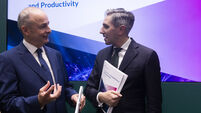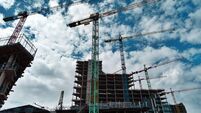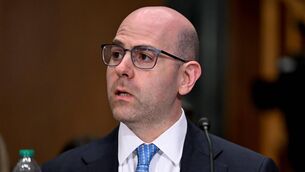Stagflation warning as food prices keep rising
Though good for farmers, increased demand for a wide variety of goods is driving commodity prices through the roof.
This is reflected in continually rising prices for a variety of dairy produce and grains vital to both ends of the food chain.













